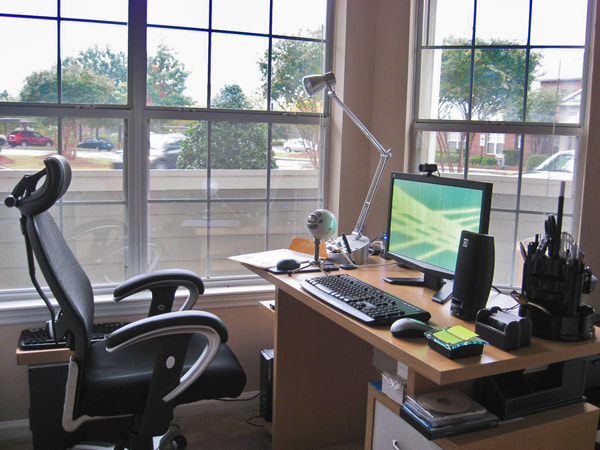LATEST BUSINESS STUDIES NOTES
|
​​It is a place, a room or a building set aside in an organization where communication, secretarial, administration and clerical work take place. Various operations are planned, coordinated and monitored in an office.
Functions of an office:
1. Receiving and recording information – this aids in making informed choices.
2. Distributing (disseminating) information – through the office, information is channeled to the relevant departments for action and implementation; 3. Mailing. Letters and parcels for and from various departments are dispatched and received in an office; 4. Communication. It serves as the communication centre to and from which the information flows. 5. Safeguarding and controlling of an organization’s property. The office ensures safety of the organization’s property through:
a) Carbon copying: This method uses carbon papers placed between papers stacked together with the carbonated side facing down and the original paper to be handwritten or typed on placed topmost. Advantages
It involves use of a master copy like for instance a stencil to reproduce a copy or a succession of copies. The master copy can be prepared by hand writing, typing or scanning. There are different methods of duplicating namely: I. Ink duplicating It uses ink duplicator, duplicating stencil, stylus pen, typewriter, run-off paper and ink. The stencil is cut using a stylus pen or a typewriter and is then fed into the duplicator to produce the required copies. The duplicator can be manual or electric. Advantages
This method uses a spirit duplicator which transfers carbon from the master copy to the other copies. Advantages
This method uses a photocopier which photographs the master copy and prints out the photography on blank pieces of paper to produce an exact copy of the master copy. Advantages
This process uses computerized or manual printing equipments to produce documents. Computer and printers can be networked to have the following advantages. Advantages
This is a mechanical method that uses the concept of cutting out an outline of some letters on a template such as a piece of paper, placing the cut out template against the background of the surface to be printed and then spreading ink onto the template to produce the prints. It is mainly used on surfaces that cannot be fed into a printer. Advantages
In this method, the document to be printed is first printed onto a metallic plate which then affixed onto a printer for duplication. Advantages
Types Office layouts
​Office layout refers to the outlook, arrangement and positioning of furniture and equipment in an n office. There are different kinds of layout such as:
a) Open office layout The staff members are housed in one large room and are usually grouped into departments. This is common in banks and some KPLC offices. Advantages
Also known as cubicles. Usually occupied by one or two people with their names and/or their designations written on the door. Advantages
It is similar to the open layout but is more sophisticated with some glass semi-partition, sometimes with different floor levels so as to have senior employees on a slightly higher level for easier supervision and may have some decorations. Advantages
Office Equipment
​​These are facilities used in an office to make work easier.
Roles of office equipment
Types of office equipment
​​Advantages of Office Machines
​Disadvantages of office machines
​Factors considered when selecting office equipment
Office staff
These comprise of the people who work for the business organization. They are usually categorized into:
Duties of various office staff
A. General Manager
Include production manager, sales manager, technical manager, finance, human resources manager, etc. The finance manager:
A senior employee usually attached to a more senior officer.
Essential qualities of office staff.
​(a) Personal attributes
Trends in Office Management
Office management and operations are currently taking a transformation through such technologies like:
A. Computers – it is used for:
​Uses for computers in communication
​Advantages of internet, intranet, website, extranet, and e-commerce
​Disadvantages of internet, intranet, website, extranet, and e-commerce
i. High initial cost of equipment;
ii. High maintenance cost; iii. Requires training for the users iv. Suffers from occasional breakdown e.g. internet down-times, computer virus, v. Prone to misuse vi. Requires power to operate.
0 Comments
Leave a Reply. |
Business Studies Notes Form 1 - 4
Categories
All
Archives
April 2024
AuthorAtika School Team |
|||||||||||||||||||||||||||||||||||||||||||||||||||||||||||||||
We Would Love to Have You Visit Soon! |
Hours24 HR Service
|
Telephone0728 450425
|
|
8-4-4 materialsLevels
Subjects
|
cbc materialsE.C.D.E
Lower Primary
Upper Primary
Lower Secondary
Upper Secondary
|
teacher support
Other Blogs
|

 RSS Feed
RSS Feed